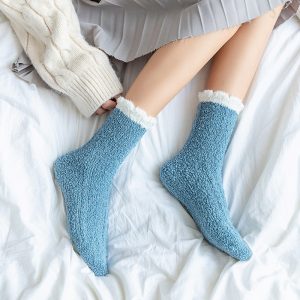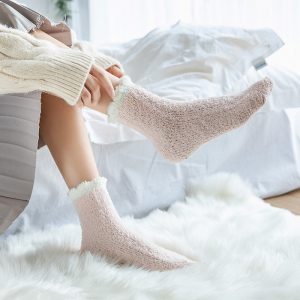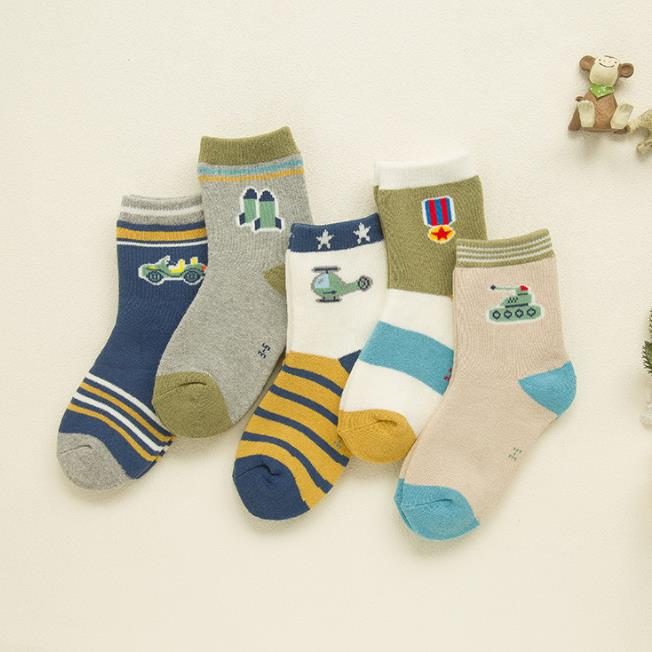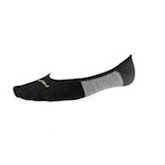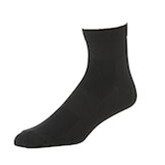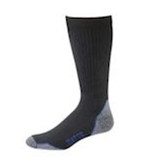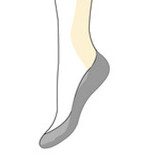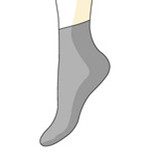In the production of non-slip socks and sports socks, the types of fabrics and the use of socks have different requirements for fabrics according to different working environments.
The socks processing factory tells you the names and characteristics of several commonly used fabrics for socks: Cotton: Good moisture absorption, soft hand feel, hygienic and comfortable to wear, good dyeing performance, soft luster, natural beauty, poor wrinkle resistance, large shrinkage socks, suitable for use For making socks.
The cotton content of customized socks only accounts for 35% of the total. There are many types of patterns, soft luster, easy to care for, 50% of cotton, thick lines, texture, and comfortable wear. Sura: high strength, Good abrasion resistance, suitable for making fashionable clothing.
Combed cotton is a fabric formed by using knitting needles to bend the yarn into a loop in the sock factory and string together. Generally, it has good elasticity, moisture absorption, breathability, comfort and warmth.
Take the invisible boat socks as an example: the threaded seam is more durable than the raw edge, the non-deformable fabric is more sweat-absorbing with towel fabrics, the ordinary thin socks are more odorous, the heel treatment, the general socks only have a longitudinal tightening seam, the right picture has Three, let the heel fit better without socks. Look at the side stitches. Good socks also have inner stitches on the side, which fits the toes better. The boat socks are too low and easy to fall off. Good boat socks have silicone Anti-slip strips, only a large piece of silica gel is made rough, and good ones have multiple horizontal or vertical silicone strips.
Knitted with cotton, it is knitted with hanging thread, and the toe, heel and lug of Guangdong Socks Factory often use man-made fibers for reinforcement and elasticity. The sum of the two is about 15-40%. , So 60% to 85% is what we call pure cotton (cotton) socks.
Whether it’s clothes, bedding or socks, the basic principle of keeping warm is to slow down the heat exchange between the skin and the outside through the air barrier formed in the fabric. Generally speaking, the thicker the socks, the warmer the socks. Commonly used in socks, wool’s warmth retention is second to none. Pure cotton socks are not a good choice. 4 tips for picking socks will make your feet comfortable. The important thing is that the fiber structure of wool can maintain a certain air barrier even when it is wet.
